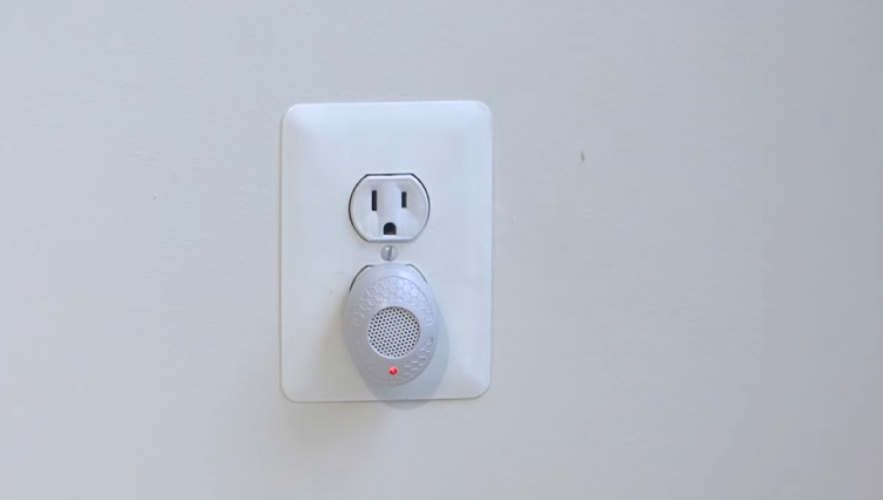Peanut butter in a mousetrap may be the old-fashioned way of catching a mouse, but now there are electronic mouse repellents that allegedly make the pesky endeavor of de-rodenting your home more modern and effective. The question is: Do they work?
According to many experts, the answer is: Not necessarily. Let’s take a look at the issue.
How Do Electronic Mouse Repellents Work?
Electronic mouse repellents work by sending ultrasonic waves through the air. You plug the device into an electric socket near where the mice have been seen. They tend to have a limited range of effectiveness so it’s important to get close to the “action.” According to this video, electronic repellents work much in the same way as light than sound: They can’t penetrate solid surfaces (i.e., walls or furniture) or go around corners. Therefore, having a repellent for each room will be more effective.
 There are two kinds of these devices: Ultrasonic or electromagnetic.
There are two kinds of these devices: Ultrasonic or electromagnetic.
- Ultrasonic devices send out a high-frequency sound above the range that a human can hear, but that drives a rodent’s brain into a scramble.
- Electromagnetic devices work by sending out a “pulse” that conflicts with your home’s wiring without causing any issue for your electronics, but messes with a rodent’s nervous system.
These devices do not impact pets, since the range of hearing in a dog or cat is nowhere near the frequency with which mice or rodents can be impacted. So if you have a guinea pig or hamster, they will be affected.
Reviews Are Mixed, At Best
Most reviews of ultrasonic or electromagnetic mouse repellents find that they are not effective — at least not without using some kind of trapping solution, too. The sound waves will prompt the mice or rodents to scurry out from where they hide, but you still need a way to remove them from the property. So, a joint effort is best.
Also, prevention is key when it comes to combatting these critters. That’s why many savvy NYC dwellers will plug up brick walls or other areas with potential cracks or holes with steel wool — even sheet metal. Keeping food tightly stored is also a big help.
Related:










